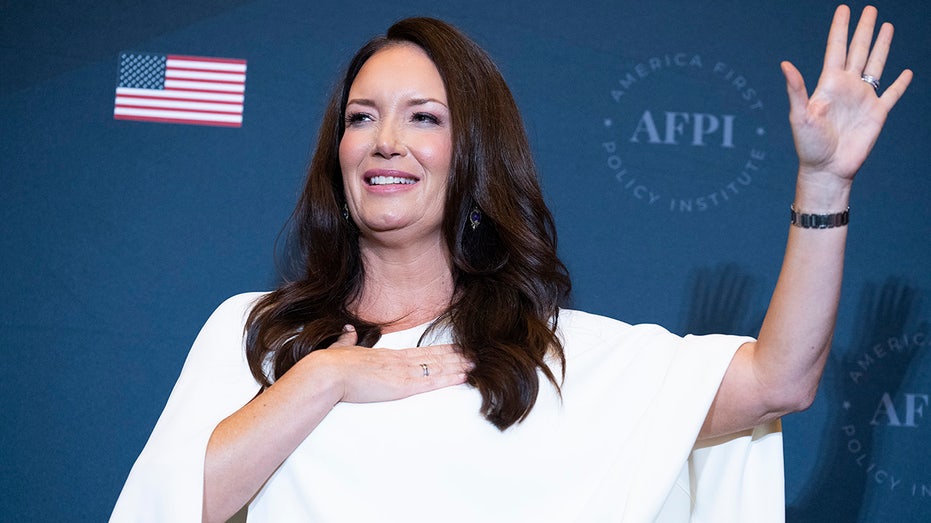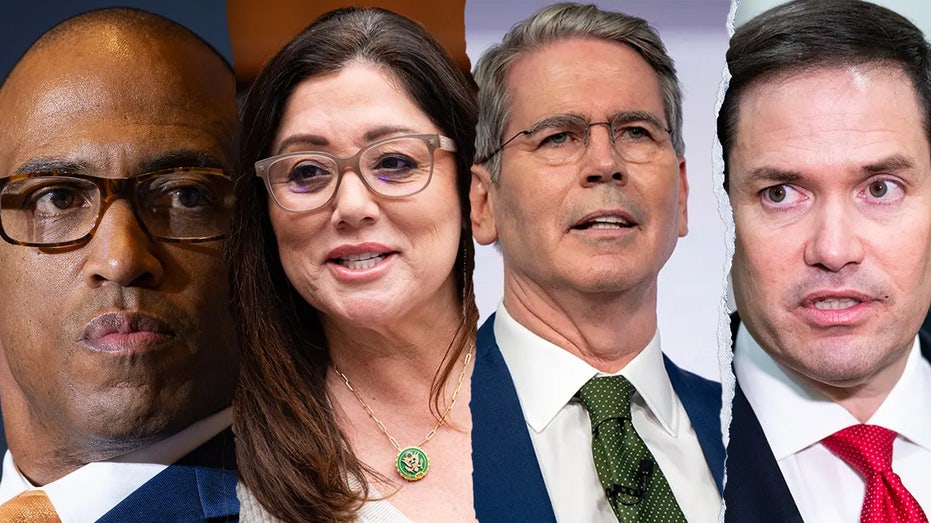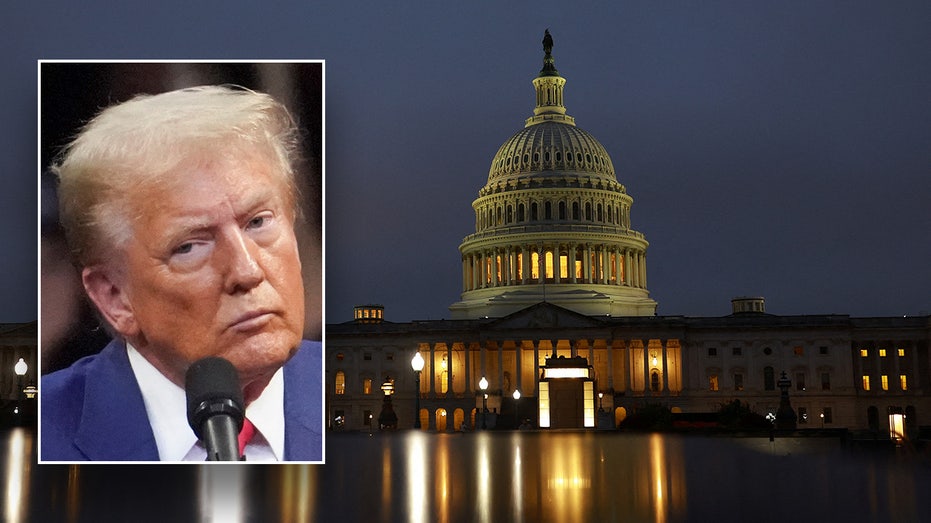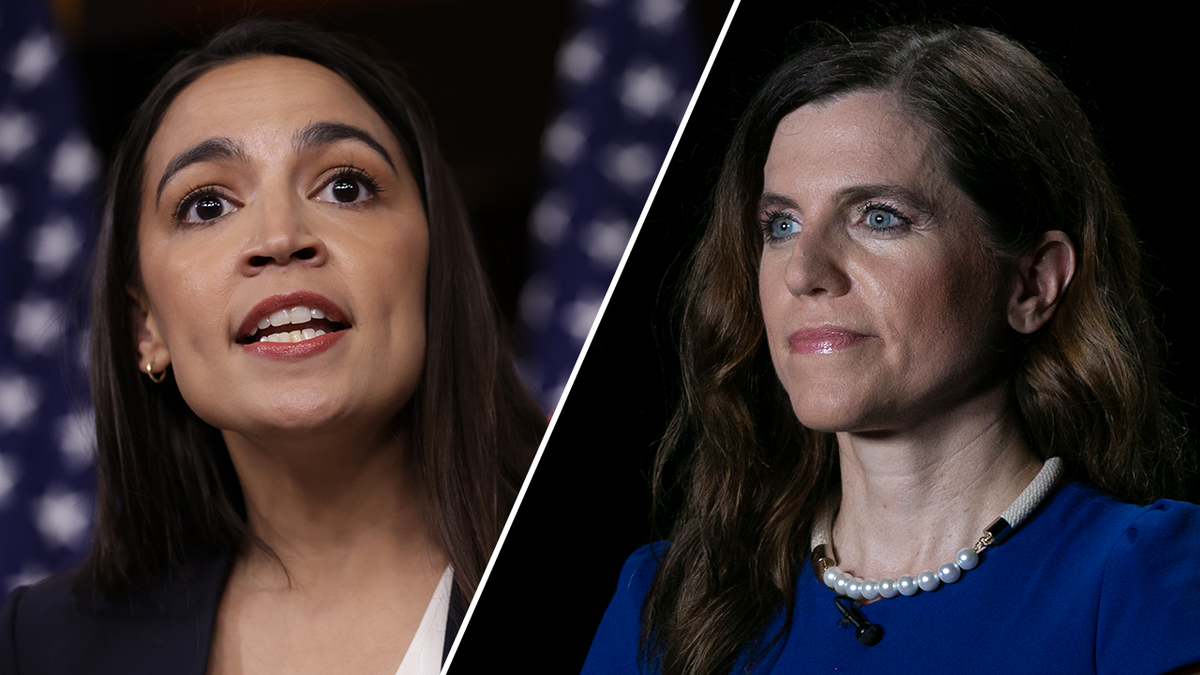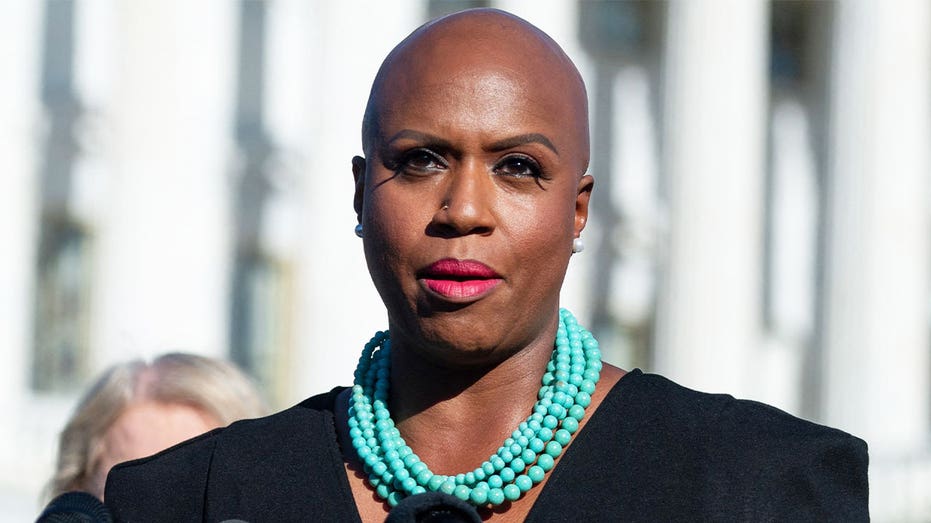- by foxnews
- 25 Nov 2024
‘I’m rocking with Kamala’: Black men defy faulty polling by showing up for Harris campaign
‘I’m rocking with Kamala’: Black men defy faulty polling by showing up for Harris campaign
- by theguardian
- 30 Jul 2024
- in politics
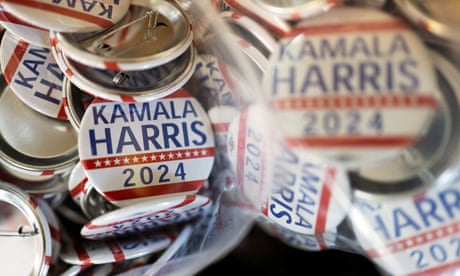
On Monday night, more than 53,000 Black men joined a virtual conference, Win With Black Men, to rally behind the presumptive Democratic presidential nominee, Kamala Harris. During the four-hour call, organizers said the group raised more than $1.3m for the Harris campaign and grassroots voter organizations focused on Black men.
The success of the call, which was inspired by the Win With Black Women call the night before, runs counter to the narrative shaped by recent election polling indicating that 30% of Black men are planning on voting for Donald Trump. "Don't let anybody slow us down asking the question: 'Can a Black woman be elected president of the United States?'" Raphael Warnock, who represents Georgia in the US Senate, said on the call. "Kamala Harris can win. We just have to show up. History is watching us, and the future is waiting on us."
Black voters have consistently been a key voting bloc for Democrats, but experts say inaccurate polling about Black men in particular could be creating false narratives about their leanings this election cycle, mainly the idea that there is a mass shift of Black voters to the Republican party. Win With Black Men, which was hosted by the journalist Roland Martin, said it's working to dispel stereotypical notions about changes in Black male voting habits, their refusal to support a woman candidate and their unwillingness to mobilize politically.
"People are making a lot of conjectures without actually talking to a large enough sample of Black people to be able to say things with the precision that they're making it," Andra Gillespie, an associate professor of political science at Emory University, said. "You're not going to be able to detect what is likely to be no more [than] a one- to three-point swing in favor of Donald Trump based on changes in surveys where you're talking to 200 Black people at a time. I can't say with any statistical certainty that that three-point shift is real or not."
Unrepresentative polls can also have an adverse effect on voter habits. People tend to vote if they perceive that an election is close, Gillespie said. So polls that suggest that Trump is going to win easily and that even Black people will vote in droves for him may distort people's understanding of reality. Ensuring that the public is aware of potential polling inaccuracies is key.
"These narratives are also used to kind of confuse Black voters themselves, which can in turn depress Black vote and drive down turnout," said Christopher Towler, founder of the Black Voter Project (BVP), a national polling initiative. "It can be used as a mechanism of voter deterrence, knowing that Black voters will play a key role in this election."
Though Gillespie said it will take a few days for new polling that specifically examines how Harris is performing with Black voters, recent mobilization around Harris suggests that narratives about a would-be exodus of this bloc from the Democratic party might have been premature.
The problem comes down to sample size. In surveys of 1,000 to 1,500 voters, sub-sample sizes of Black voters may be anywhere from 150 to 300. In some cases, all people of color are amalgamated into one demographic group. Surveys with such a small sample size create large margins of error.
"The issue is the level of precision with which we can make certain types of pronouncements when you're talking to that few people," Gillespie said. "The number that comes out in the survey is the midpoint of a range of possible numbers that we think is in the real population because of statistical analysis."
If the sub-sample size is less than 100, she said, the margin of error is plus or minus 10. So if a survey says that 20% of Black voters are going for Trump, the real number based on the sub-sample is between 10% and 30%.
Towler, of the Black Voter Project, said that he began noticing the issue of unrepresentative polling years ago. He started BVP to "counteract the industry standard of taping on a couple hundred Black responses to a general survey" and using that small sample size as a full picture.
"It's really unscientific," Towler said. "So I've worked for years now to try and create data that is reliable, accurate and actually representative of the Black community."
This year, BVP released a large, multiwave, national public opinion survey focused on collecting representative data of Black Americans. Fielded from 29 March to 18 April, with 2,004 Black Americans interviewed, the survey collected a nationally representative sample of respondents from all 50 states. The BVP study found that 15% of respondents would vote for Trump if the election had been held at the time of the survey, a figure much lower than reported by other polls with smaller sample sizes. A survey on the BVP scale is important to garner an idea of what the Black population and Black voting population of the US actually looks like, Gillespie said.
But mainstream beltway polling companies typically lack Black leadership, so accurate polling of Black communities is not a priority, said Towler. What's more, some pollsters do not see the value in spending more money to survey a population that they estimate will already vote staunchly Democratic.
Black and brown communities exist on the margins in American politics, said Emmitt Riley, president of the National Conference of Black Political Scientists. Mainstream political scientists' biases result in pollsters who are not adequately capturing the political behaviors and views of excluded groups.
"Many people who study race aren't considered to be mainstream political scholars," he said. "This has profound consequences for the kind of reporting that's happening, the kind of news stories that are coming out, how you describe what's happening in these communities."
Towler said that pollsters should create surveys that are culturally competent and that ask questions in ways that don't manufacture misleading opinions. "It's important when looking at polling of Black people to, one, not only make sure you have polls designed to accurately measure Black opinion, but to also have pollsters who study and understand the Black community," he said.
While polls continue to try to parse out where Black men will place their political support, groups like Win With Black Men and Black Men for Harris are making their loyalties clear.
"Let's protect Kamala. Let's be with her like she was there for us," Bakari Sellers, the former South Carolina representative, said on the call. "We are going to disagree a lot. But let's put the petty bickering aside. Let's stand up and be the Black men who change this country. We built this country. I'm rocking with Kamala."
- by foxnews
- descember 09, 2016
'Quiet travel' is having a moment; here are top US spots where you can embrace the trend
Here are 10 destinations for "quiet travel" in the U.S. to check out if you're ready to unplug and unwind on your next vacation. From Maine to Florida, Oregon and more, see the list.
read more